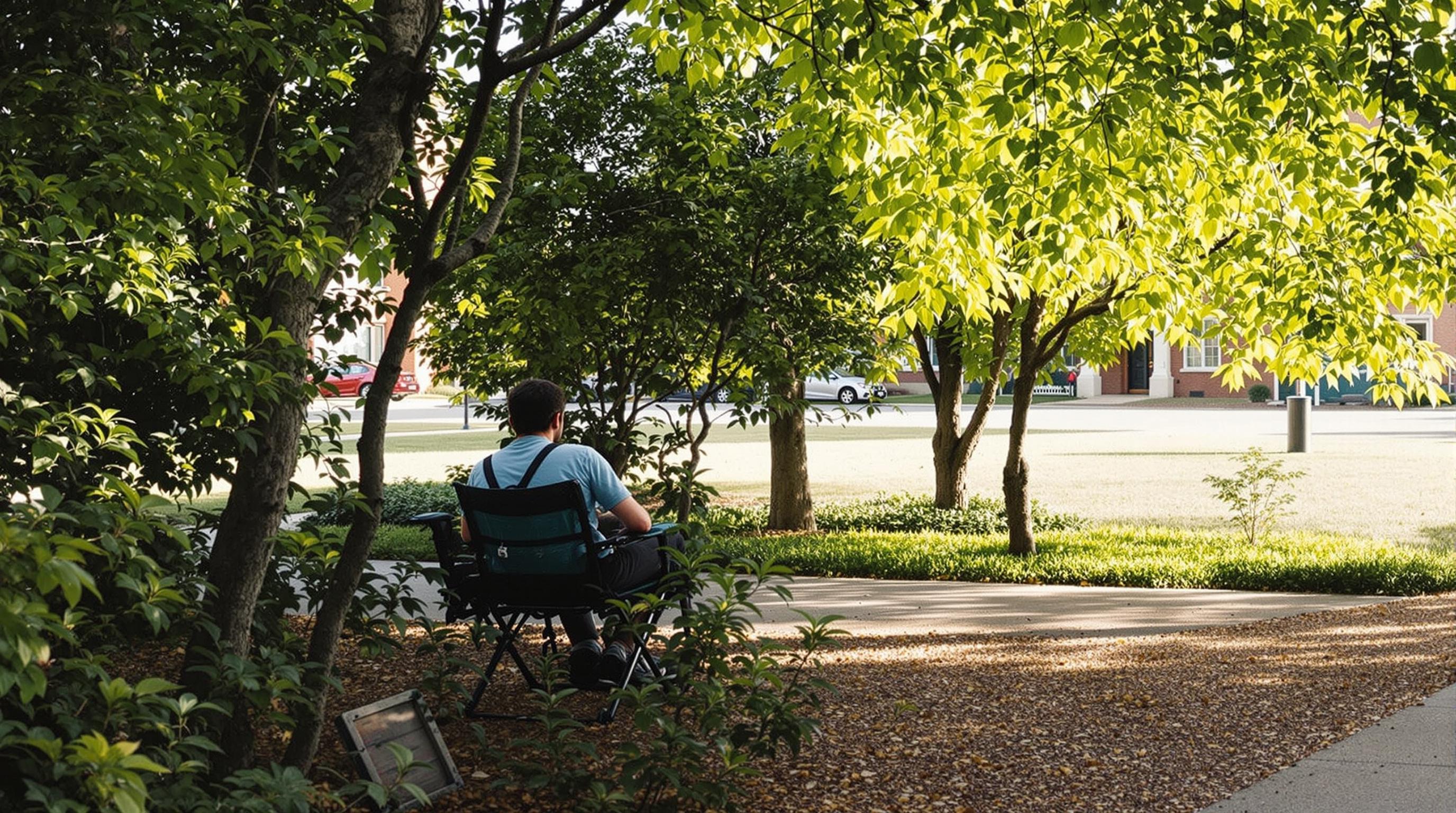Related Articles
- When Campus Cafeterias Shape Your Wallet More Than Tuition: The Overlooked Price of Student Food Choices
- How AI-Powered Avatars Are Changing Remote Campus Experiences Beyond Traditional Virtual Visits
- 7 Essential Digital Planners Released Since 2019 for Mastering Your College Application Timeline Like a Pro
- Unseen Impact of Accreditation Shifts on Small College Town Economies and Local Communities
- How Campus Eco-Initiatives Secretly Shift Student Choices Beyond Traditional Ranking Metrics
- 7 Emerging Smart Notebooks for Interns That Outperform Traditional Paper Planners
How Campus Eco-Initiatives Secretly Shift Student Choices Beyond Traditional Ranking Metrics
How Campus Eco-Initiatives Secretly Shift Student Choices Beyond Traditional Ranking Metrics
Campus eco-initiatives are quietly reshaping how students pick their universities, extending influence well beyond the traditional rankings and test scores. By embedding sustainability into campus culture, universities have begun to sway student decisions through values, experiences, and community impact.
The Growing Weight of Green: Why Sustainability Matters to Students
Imagine two universities — one ranked higher traditionally but lacking in green credentials, the other shining brightly with its environmental commitments. Increasingly, students are leaning toward the latter. According to a 2023 survey by the Princeton Review, 74% of prospective college students consider a school's sustainability efforts to be an important factor in their application decisions.
Perhaps it’s the rising generation’s heightened awareness of climate change or the desire to align personal values with institutional policies. Whatever the reason, eco-friendly initiatives serve as an unspoken yet powerful lure.
The Cool Factor of Campus Solar Panels and Bike Share Programs
It’s hard to ignore solar farms sprawling across campus rooftops or vibrant bike-share programs that reduce carbon footprints. These initiatives don’t just create a greener environment — they actively shape student lifestyles and preferences.
For instance, the University of California, Davis, frequently showcases its sustainable transport options, achieving a 20% increase in bike commuters between 2018 and 2022 (UC Davis Sustainability Report, 2022). Students appreciate this — not as an afterthought, but as a defining feature of campus culture.
From Greenwashing to Genuine Change
It’s important to be wary of “greenwashing” — superficial attempts to appear eco-conscious without deep commitment. Institutions that genuinely embed sustainability into academics, dining, energy use, and student life are more likely to cultivate lasting student loyalty and word-of-mouth promotion.
Storytime: Ana’s Journey to Her Ideal College
When Ana, a high school senior from Mexico City, was applying abroad, rankings dominated her initial focus. But then she stumbled upon a virtual tour of Colorado College — renowned not just for academics but for its carbon neutrality goal and extensive recycling program.
She recalls, “It felt like the school wasn’t just about grades; it was about being responsible and part of a community. That changed everything for me.” Ana’s story isn’t unique; many students prioritize campuses that reflect their environmental and social values, sometimes trumping prestige.
Quantifying the Shift Beyond Rankings
Data supports the anecdotal. A recent study in the Journal of Higher Education Policy and Management found that 56% of applicants across 12 universities would be more inclined to commit if the institution demonstrated strong sustainability leadership — even if it meant sacrificing a higher ranking.
This suggests student preferences are broadening, incorporating both ethical considerations and experiential quality.
Conversational Corner: Let’s Chat About What Matters
So, you’re wondering, “Why should I care if the cafeteria uses compostable utensils or if solar panels glisten on the roof?” Well, friend, it’s about more than just the little things. It’s about the vibe. It’s how the campus lives and breathes sustainability in ways you can experience daily.
Imagine walking through a campus where every building is designed to minimize environmental impact, where events promote not just fun but also awareness — it’s a living example of your values coming to life.
Humor Break: The Great Compost Debate
Ever had that awkward moment when you’re about to toss a styrofoam cup into the compost bin and a fellow student gives you the side-eye? Now picture that multiplied across an entire campus. Eco-initiatives get people talking — sometimes nervously — and that chatter fosters a deeper engagement with sustainability practices.
Case Study: University of British Columbia’s Green Revolution
In 2019, UBC unveiled aggressive sustainability targets, including achieving zero waste by 2030 and becoming climate-neutral by 2050. As a result, applications increased by 14% in the following admission cycle, with surveys indicating environmental commitment as a significant factor in student choice.
They didn’t just declare goals; they infused them into curricula, student projects, and infrastructure investment — creating an ecosystem that appeals holistically to environmentally conscious youth.
Policy Implications: The New SEO for Universities
Just as search engine optimization revolutionized website visibility, sustainability optimization could transform university appeal. Admissions teams can no longer rely solely on academic rankings; promoting authentic eco-efforts is becoming a strategic imperative.
Incorporating sustainable development goals (SDGs) into institutional branding communicates a forward-thinking, values-driven identity that resonates with a wide student demographic.
Breaking the Mold: Alternative Ranking Systems
Traditional rankings like U.S. News & World Report emphasize test scores, faculty-student ratios, and endowments. However, emerging indices such as the Green Metric World University Ranking highlight ecological efforts, influencing perceptions.
For example, Wageningen University in the Netherlands consistently ranks in the top five globally for sustainability, attracting students specifically drawn by its environmental leadership rather than its traditional academic standing.
Persuasive Closing: Envisioning the Eco-Student Campus of Tomorrow
Picture a university not just competing for grades but fostering stewardship — a place where choosing your campus means endorsing a sustainable future. Eco-initiatives are more than green projects; they represent a paradigm shift in student priorities.
For educators and administrators, the message is clear: sustainability is no longer peripheral, but central to attracting the next generation. As Gabriel García Márquez famously blended reality with magic, universities must blend intellect with conscience to remain relevant.
Final Thoughts from a 28-Year-Old Writer
As someone who just crossed the threshold from student to alumni, I’ve seen firsthand how eco-initiatives foster not only pride but community. The quiet revolution in campus culture shows that beyond rankings lies a richer, more meaningful reason students commit — a shared purpose wrapped in green.

